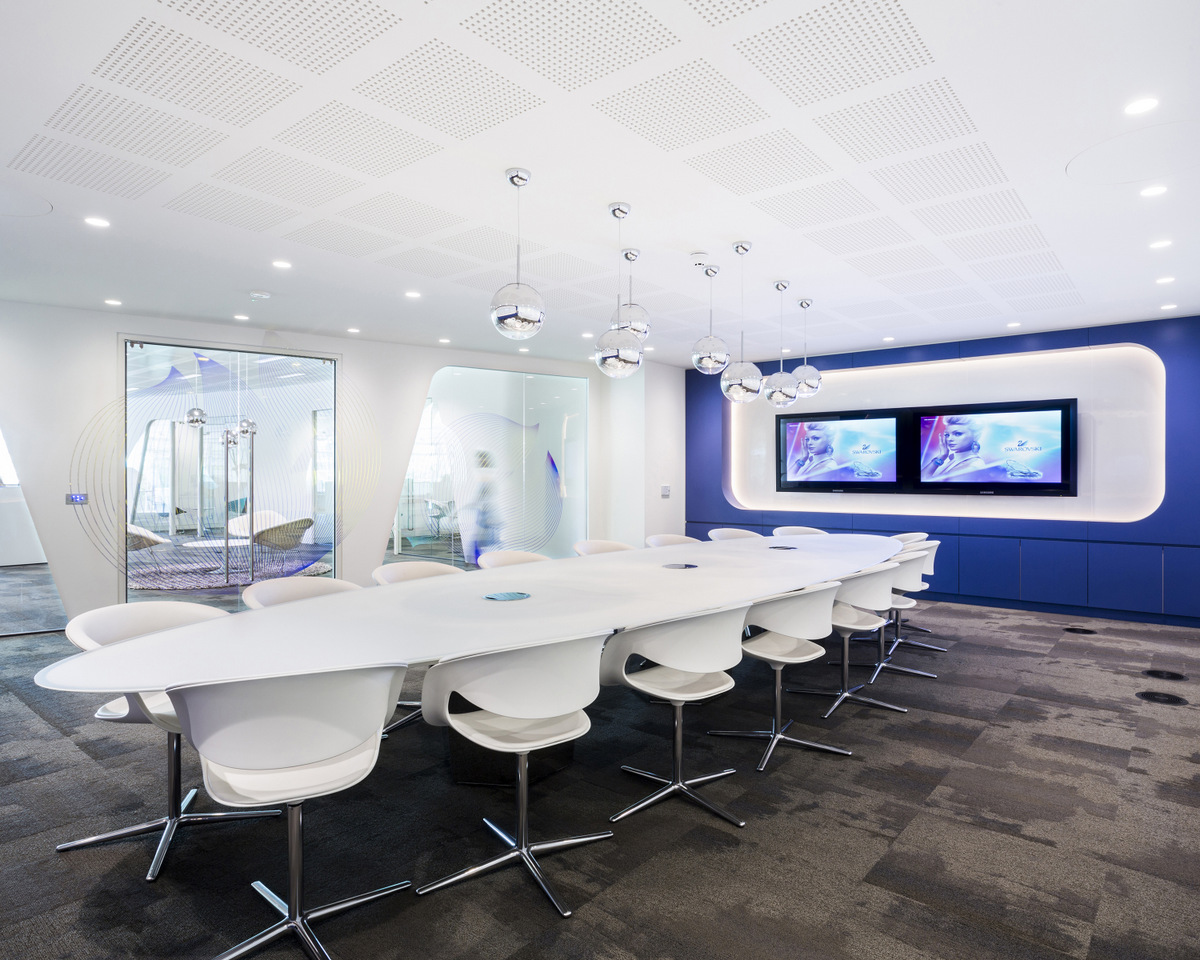Wireless presentations are meant to be collaborative and engaging. Sharing and streaming content from multiple devices without being tethered to wires creates greater access. By using systems, like Ubiq, you and your team are not limited to share with those in the same company. Your guests can be active participants as well.
Here are 5 ways to bring your guests into a wireless presentation:
- Be Proactive: The purpose behind wireless presentations is to empower and promote self-management with little involvement from IT. That doesn’t mean that your IT team shouldn’t be hands-off. Wireless presentations are new to many, and your colleagues need to be trained to use it. They also need to be able to prepare their guests. As they book their meeting space, IT can help teams plan ahead for their meetings by providing instructions, security policy and support for employees and their guests in advance. This will decrease strain on IT and help the meetings run smoother, as hoped.
- Support BYOD: Your guests are not tied to your corporate IT policy when it comes to device and software usage and requirements. However, your policy should make accommodations for them to use their devices on your networks, other than just hardwiring into it. Your BYOD policy should extend to guests by supporting multiple device types and access to your WiFi. If security is a concern, wireless presentations system, like Ubiq, offer data encryption and secured access to ensure the proper parties are connected.
- Collaborate: Turn your presentation into a work session with your guest. Rather than just standing in front of an audience, your guests can engage with your colleagues and stakeholders. That way, they can experience your company’s culture, understand expectations and provide immediate feedback. Wireless presentations make for great brainstorming sessions between you and your vendor, client or partner. Create the opportunity to define your working relationship with them.
- Open Up: When a guest comes into your company, you have to be careful of how much access they should have to your network and data. Closing them off completely can certainly hurt your communication and work exchange. By setting the right security parameters, you can allow guests to connect through a secure WiFi connection and engage in a wireless presentation. For example, Ubiq uses data encryption by session. Therefore, data shared during the presentation is cleared when it has ended. Your goal is to protect your company and its employees, first. However, your policy should extend to include and protect your guests as well.
- Be Remote: Remote presentations are not just for your virtual employees. They can be a great way to work globally with clients and vendors. Larger corporations can benefit as remote presentations can be cost effective and timely. By allowing your guests to lead or engage in a wireless presentation, you can save on travel, collaborate without boundaries and reduce time waste. It allows you to get work completed quicker, which is a plus when working on time-sensitive projects.
Whether it’s a potential vendor or a third-party consultant, their contributions in meetings and conferences should be valuable for your business. Wireless presentations make it possible for them to connect their devices with one simple click and begin sharing. You’ve invited them to your meeting. Let them be fully a part of it.




I think #3 (Collaborate) is so important in a group environment.